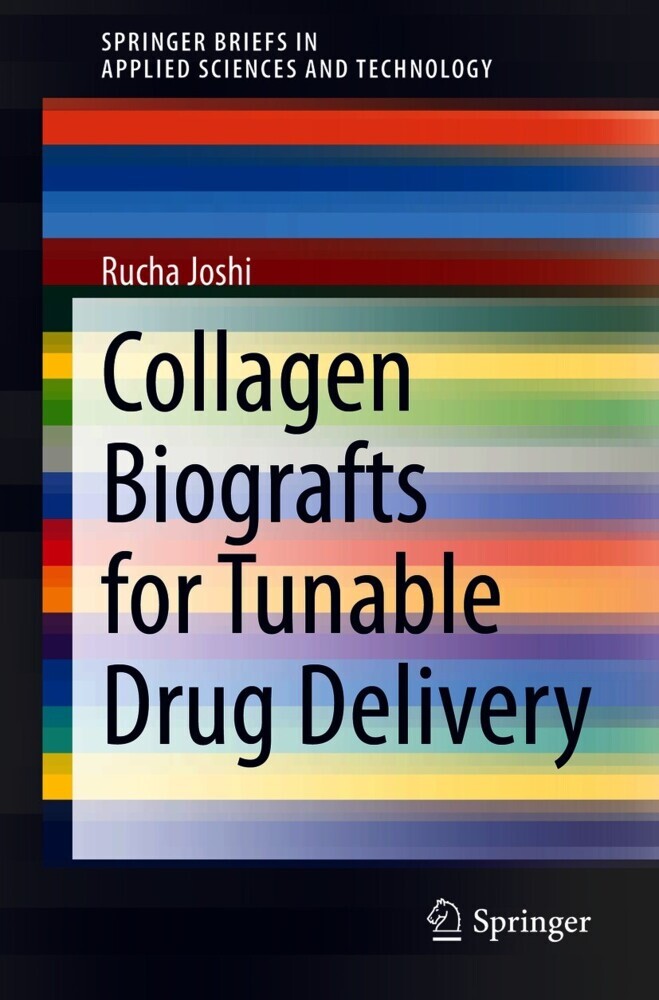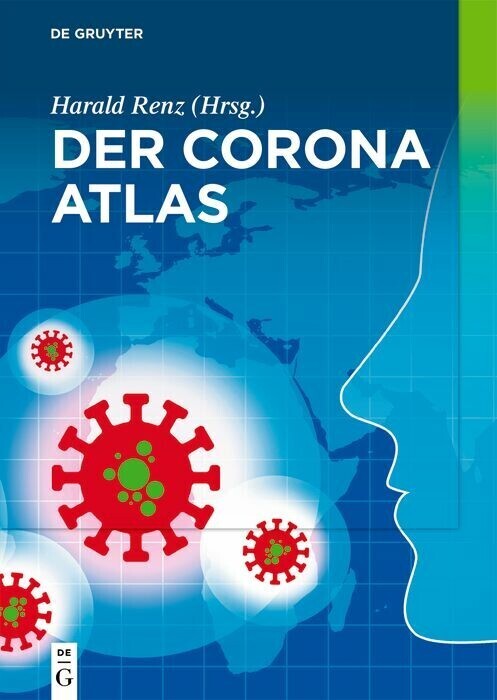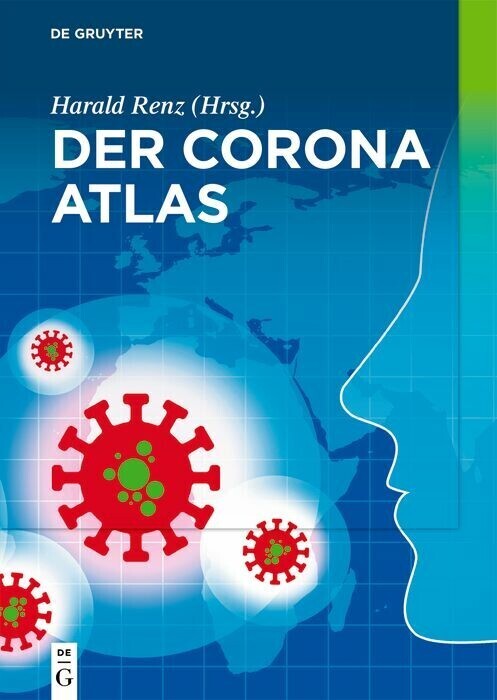Extrusion Bioprinting of Scaffolds for Tissue Engineering Applications
This book introduces readers to the theory and practice of extrusion bio-printing of scaffolds for tissue engineering applications. The author emphasizes the fundamentals and practical applications of extrusion bio-printing to scaffold fabrication, in a manner particularly suitable for those who wish to master the subject matter and apply it to real tissue engineering applications. Readers will learn to design, fabricate, and characterize tissue scaffolds to be created by means of extrusion bio-printing technology.
Dr. Chen is a Professor with the Department of Mechanical Engineering and Division of Biomedical Engineering at the University of Saskatchewan (U of S), Canada. He is also the leader of Tissue Engineering Research Group at the U of S, which consists of researchers spanning both engineering and life sciences, with a long-term goal of developing advanced technologies for the production of various scaffold-guided tissue or organ substitutes. Dr. Chen is a Fellow of the Engineering Institute of Canada (FEIC), Canadian Society for Mechanical Engineering (FCSME), and American Society of Mechanical Engineers (FASME). He is the recipient of several awards in recognition of his research excellence, including the 2016 Achievement Award from Saskatchewan Health Research Foundation. He is also the recipient of the Educator of the Year 2007 from the Saskatoon Engineering Society.
Dr. Chen received his Ph.D. degree from the U of S in 2002 and then worked with Queen's University, Canada, as a postdoctoral fellow (PDF). In 2003 he was appointed as an Assistant Professor with the UofS, where he was promoted to an Associate Professor and a full Professor in 2007 and 2010, respectively. Dr. Chen's research interests include Tissue Engineering, Scaffold Bio-fabrication, and Mechatronics. His research has been supporting by the Natural Sciences and Engineering Research Council (NSERC) of Canada, Canadian Institutes of Health Research (CIHR), Canada Foundation for Innovation (CFI), Saskatchewan Health Research Foundation (SHRF), and National Natural Science Foundation of China (NSFC). He teaches undergraduate and graduate courses in the areas of biomedical engineering and mechanical engineering.
Dr. Chen is a Professor with the Department of Mechanical Engineering and Division of Biomedical Engineering at the University of Saskatchewan (U of S), Canada. He is also the leader of Tissue Engineering Research Group at the U of S, which consists of researchers spanning both engineering and life sciences, with a long-term goal of developing advanced technologies for the production of various scaffold-guided tissue or organ substitutes. Dr. Chen is a Fellow of the Engineering Institute of Canada (FEIC), Canadian Society for Mechanical Engineering (FCSME), and American Society of Mechanical Engineers (FASME). He is the recipient of several awards in recognition of his research excellence, including the 2016 Achievement Award from Saskatchewan Health Research Foundation. He is also the recipient of the Educator of the Year 2007 from the Saskatoon Engineering Society.
Dr. Chen received his Ph.D. degree from the U of S in 2002 and then worked with Queen's University, Canada, as a postdoctoral fellow (PDF). In 2003 he was appointed as an Assistant Professor with the UofS, where he was promoted to an Associate Professor and a full Professor in 2007 and 2010, respectively. Dr. Chen's research interests include Tissue Engineering, Scaffold Bio-fabrication, and Mechatronics. His research has been supporting by the Natural Sciences and Engineering Research Council (NSERC) of Canada, Canadian Institutes of Health Research (CIHR), Canada Foundation for Innovation (CFI), Saskatchewan Health Research Foundation (SHRF), and National Natural Science Foundation of China (NSFC). He teaches undergraduate and graduate courses in the areas of biomedical engineering and mechanical engineering.
1;Preface;6 2;Contents;8 3;1 Extrusion Bioprinting of Scaffolds: An Introduction;11 3.1;1.1 Introduction;11 3.2;1.2 Scaffold Fabrication;14 3.2.1;1.2.1 Traditional Techniques;15 3.2.2;1.2.2 Electrospinning;16 3.2.3;1.2.3 3D Printing;17 3.3;1.3 Extrusion Bioprinting of Scaffolds;19 3.4;1.4 Advantages/Disadvantages of Extrusion Bioprinting and Recent Achievements;21 3.5;References;23 4;2 Scaffold Design;24 4.1;2.1 Introduction;24 4.2;2.2 General Requirements of Tissue Scaffolds;25 4.2.1;2.2.1 Architectural Properties;25 4.2.2;2.2.2 Mechanical Properties;27 4.2.3;2.2.3 Biological Properties;30 4.3;2.3 Scaffold Design Process;30 4.3.1;2.3.1 Understanding the Composition and Organization of Tissue/Organs;31 4.3.2;2.3.2 Designing Scaffolds with Appropriate Architectures;31 4.3.3;2.3.3 Selection of Biomaterials/Cells;33 4.4;2.4 Typical Scaffold Designs for Bioprinting;35 4.5;References;39 5;3 Biomaterials for Bioprinting;41 5.1;3.1 Introduction;41 5.2;3.2 Important Properties of Biomaterials for Bioprinting;42 5.2.1;3.2.1 Printability;42 5.2.2;3.2.2 Cross-linking Mechanisms;44 5.2.3;3.2.3 Biological Properties;45 5.2.4;3.2.4 Mechanical Properties;46 5.3;3.3 Biomaterials for Bioprinting;47 5.3.1;3.3.1 Natural Hydrogels;47 5.3.2;3.3.2 Synthetic Hydrogels;52 5.3.3;3.3.3 Composite Hydrogels;53 5.4;References;55 6;4 Mechanical Properties of Native Tissues and Scaffolds;57 6.1;4.1 Introduction;57 6.2;4.2 Mechanical Testing Methods;58 6.2.1;4.2.1 Basics of Mechanical Testing;58 6.2.2;4.2.2 Tensile and Compressive Testing;61 6.2.3;4.2.3 Bending Tests;66 6.2.4;4.2.4 Torsion Tests;69 6.2.5;4.2.5 Creep and Relaxation Testing;71 6.2.6;4.2.6 Dynamic Testing;72 6.3;4.3 Mechanical Property Measurements of Native Tissues and Scaffolds;74 6.3.1;4.3.1 Influence of Temperature and Humidity;75 6.3.2;4.3.2 Effect of Boundary Conditions on Stress Uniformity Within a Sample;75 6.3.3;4.3.3 Directional Dependency of Material Properties;76 6.3.4;4.3.4 Case Studies-Measurement of Mechanical Properties;77 6.4;4.4 Mechanical Properties of Scaffolds;83 6.4.1;4.4.1 Influence of Scaffold Structure;83 6.4.2;4.4.2 Influence of Scaffold Materials;84 6.4.3;4.4.3 Time-Dependent Mechanical Properties;87 6.5;4.5 Methods to Improve the Mechanical Properties of Scaffolds;88 6.5.1;4.5.1 Use of Composite Materials;88 6.5.2;4.5.2 Addition of Fillers;90 6.5.3;4.5.3 Hybrid Structures;91 6.6;References;97 7;5 Preparation of Scaffold Solutions and Characterization of Their Flow Behavior;99 7.1;5.1 Introduction;99 7.2;5.2 Preparation of Scaffold Solutions;100 7.2.1;5.2.1 Basics of Solution Preparation;100 7.2.2;5.2.2 Solutions with Living Cells;103 7.2.3;5.2.3 Solutions Without Living Cells;103 7.3;5.3 Flow Behavior Characterization of Scaffold Solutions;104 7.3.1;5.3.1 Flow Behavior and Its Classification;104 7.3.2;5.3.2 Flow Behavior Models;108 7.4;5.4 Techniques to Characterize Flow Behavior;111 7.4.1;5.4.1 Capillary Rheometer;111 7.4.2;5.4.2 Cone-and-Plate Rheometer;114 7.4.3;5.4.3 Parallel Plate Rheometer;115 7.4.4;5.4.4 Oscillatory Shear Measurements;116 7.5;5.5 Key Factors for Controling the Flow Behavior of Printed Solutions;117 7.5.1;5.5.1 Influence of Material Concentration;117 7.5.2;5.5.2 Influence of Temperature;118 7.5.3;5.5.3 Influence of Cell Density;119 7.6;References;122 8;6 Extrusion Bioprinting of Scaffolds;124 8.1;6.1 Introduction;124 8.2;6.2 Basics of Extrusion-Based Bioprinting Systems;125 8.3;6.3 The Extrusion-Based Bioprinting Process;126 8.3.1;6.3.1 Flow Rate of Bioink Printed;126 8.3.2;6.3.2 Influence of Needle Movement in the X-Y Plane;131 8.3.3;6.3.3 Influence of Needle Movement in the Z Direction;133 8.3.4;6.3.4 Cross-linking in Bioprinting;134 8.3.5;6.3.5 Techniques to Characterize Scaffold Pores and Porosity;135 8.4;6.4 Cell Damage and Cell Viability in Bioprinting;137 8.4.1;6.4.1 Bioprinting Process-Induced Mechanical Forces;138 8.4.2;6.4.2 Cell Damage Due to Mechanical Forces;141 8.4.3;6.4.3 Characterization of Cell Damage During Bioprinting;142 8.4
Chen, Daniel X. B.
| ISBN | 9783030034603 |
|---|---|
| Artikelnummer | 9783030034603 |
| Medientyp | E-Book - PDF |
| Copyrightjahr | 2019 |
| Verlag | Springer-Verlag |
| Umfang | 176 Seiten |
| Sprache | Englisch |
| Kopierschutz | Digitales Wasserzeichen |











